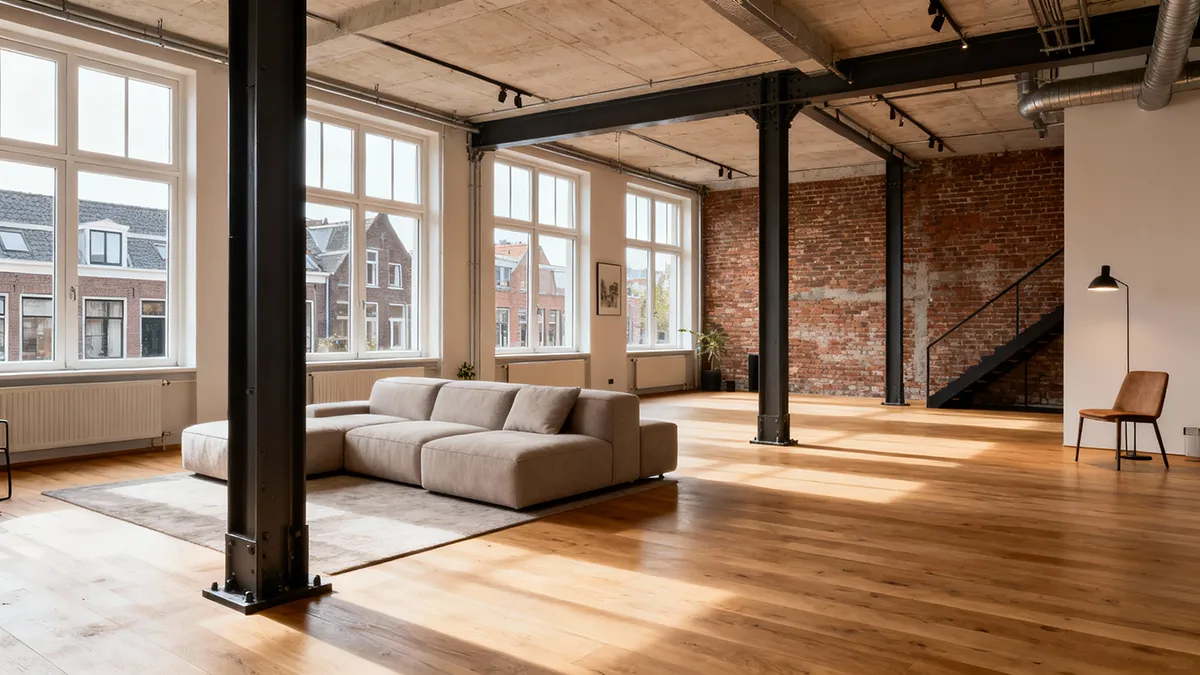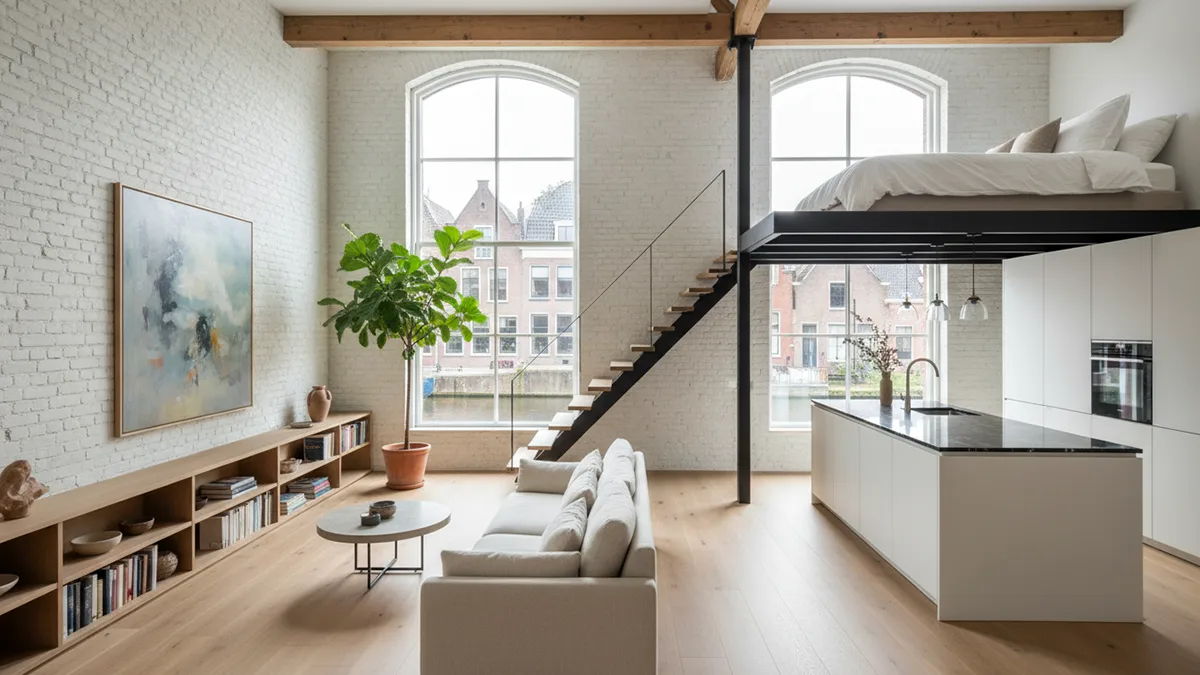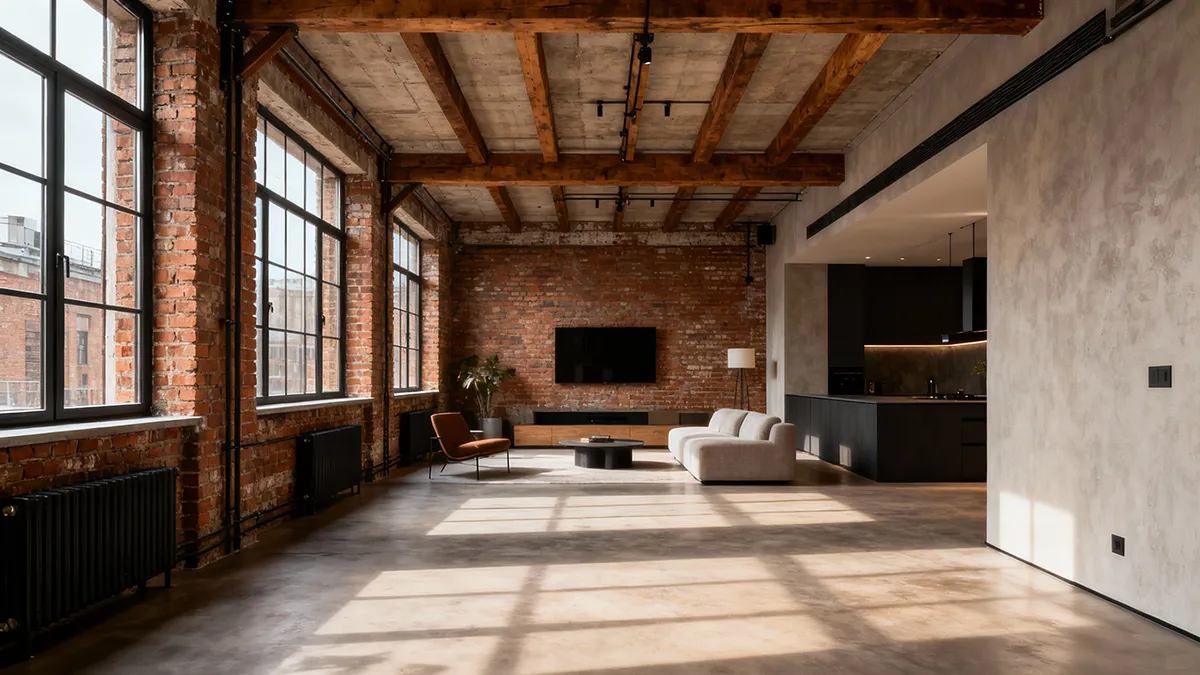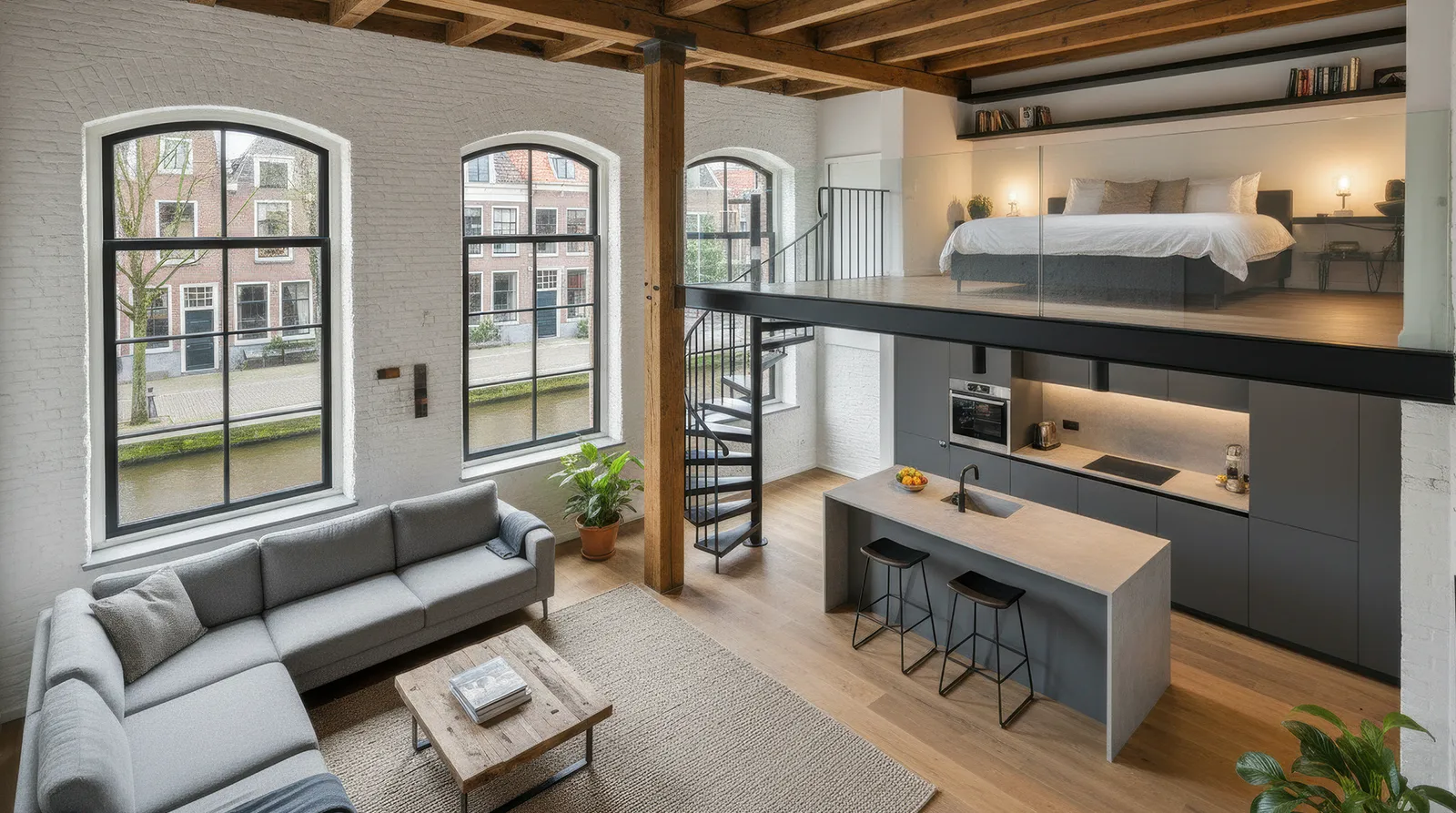Having an attic in your home can be both an additional space and a source of significant energy loss. To prevent it and create a comfortable atmosphere in your home regardless of the weather and temperature outside, you should think about insulating your loft. Below, we’ll discuss the most common approaches, the best materials, and important considerations to help you navigate the process.
Why Loft Insulation Matters
Naturally, warm air always rises. As a result, in the cold season, it can partially leak through the loft or roof. According to statistics, heat loss through an uninsulated attic can reach more than 20%. This leads to a decrease in the temperature in the house and the need to attract more energy carriers for its heating. However, the situation can be corrected with reliable and high-quality insulation. It involves applying additional material on top of the building materials to slow down the transfer of heat to the outside. By increasing the tightness, you can reduce utility bills, improve living conditions, and even contribute to cleaning the environment. Simply put, loft insulation is an important and profitable investment in your future well-being.Benefits of Loft Insulation
Mass insulation has become mainstream, and for good reason. It allows you to take advantage of many benefits and get a better experience without the need for a global reconstruction of the house. Furthermore, it works well no matter how long you’ve lived in it. You can insulate both a newly constructed building and a house that has been built for a long time. Here are the primary benefits you will get:- Savings on heating costs. Initially, you will have to invest in insulation. However, over time, you will need less and less electricity and gas and will be able to cut your utility bills by 10-30%.
- Elimination of drafts. Uninsulated attics are often the cause of excessive air circulation in the house. The absence of drafts will help maintain the optimal temperature and reduce the risk of colds.
- Reduction of carbon dioxide emissions. The less energy you use, the fewer emissions into the atmosphere come from your house. This increases the environmental friendliness of the region and the entire planet.
- Increase in the value of the house. An insulated building that allows you to save on heating is a profitable investment. Consequently, if you choose to sell it, you will have more people willing to buy it than others.
- The appearance of additional living space. If you still do not use your attic in any way, insulation can change this. A warm loft can become another room with comfortable conditions.
Key Loft Insulation Techniques
The design and purpose of your loft may vary and require different approaches to meet your needs. Let’s take a look at the main ones so you have at least a rough idea of the available loft insulation techniques.Blanket Insulation (Rolls and Batts)
It is a classic insulation method that involves the use of rolls and slabs of glass wool, mineral wool, or other materials. They are laid between the beams to reduce heat leaks and increase overall sealing. The advantages of the technique are high versatility and ease of use.Loose-Fill Insulation
Many attic spaces have structures with a large number of hard-to-reach places. To insulate them, it is worth resorting to loose-fill insulation. It consists of using small pieces of material that are filled into the gaps between building materials. They can be granules of mineral wool or cellulose.Spray Foam Insulation
Foam insulation involves applying foam to the surfaces of the loft to create a strong seal. It is one of the most effective and easy-to-implement techniques. Meanwhile, it is more costly than other alternatives.Rigid Board Insulation
Insulation with polystyrene or polyurethane boards is also a common and affordable solution. It is suitable for various types of roofs and consists of cutting the boards and laying them between the rafters of the roof or on the walls. The material has a high thermal efficiency and is resistant to moisture.Blown-Fibre Insulation
This method is similar to the loose-fill one. However, unlike the previous option, cellulose or mineral wool fibers are blown onto the surface using special equipment. This method is well-suited for non-standard architectural solutions and uneven surfaces.Best Loft Insulation Materials
Along with selecting the appropriate equipment, you should devote special attention to the materials you use. You should consider the condition of the loft, the type of insulation, your budget, and more. You should understand that installing underfloor heating and roof insulation requires different options to engage. Therefore, contacting a professional team is of great importance. Here is a brief overview of the materials you can use.Mineral Wool
It is sold in rolls and slabs and is a common and easy-to-use solution. It has a good heat transfer coefficient, but it is priced higher than substitute materials. In addition, mineral wool is fire and moisture-resistant.Fiberglass
Like the previous option, glass wool is supplied in rolls or granules and is a non-combustible, recyclable material. Its advantages are its affordable price and ease of use. Its disadvantages are its poor moisture resistance and the need for equipment to work with.Cellulose
Cellulose is an environmentally beneficial product created from paper that has been recycled. It is actively used for loose-fill and blown technologies. Its main drawback is that over time it can settle and needs to be renewed.Sheep Wool
It’s a biodegradable, waterproof product that’s simple to install. It’s an ecologically responsible alternative that does not require any special equipment but can be more expensive than synthetic components. Although it has many advantages, it is vulnerable to pests and therefore requires additional treatment.PIR/PUR Boards
They are strong, lightweight, and easy-to-install materials. They offer superior energy efficiency and resistance to humidity. However, they are flammable, so they cannot be used for all attics.How to Insulate a Loft Properly
Proper and high-quality insulation can last for over 30 years. Therefore, to ensure a long service life and prevent possible problems, you should take into account several important factors.Cold Loft vs. Warm Loft Insulation
When insulating a loft, you can use either the cold or warm method. With the cold approach, you will insulate only the floor and lay loft insulation materials between the ceiling joists. This way, you will avoid heat loss from the house, but your loft will be cold and can be used as a storage space. If you prefer the warm method, you will need to insulate the entire room, including the roof. This will allow you to get a warm living space that you can use as an office or an additional bedroom.Ventilation and Moisture Protection
In well-insulated spaces, you can face high condensation accumulation. Over time, it will lead to mold and other unpleasant consequences. To avoid them, you should use the right materials and ensure good ventilation in the house.Cost and Energy Savings in the Netherlands
To achieve a long service life for your insulation, you need to choose the best materials. However, they can be expensive and become a burden on your wallet. To partially compensate for your investment, the Dutch government has launched a subsidy program. It can compensate for part of your costs, provided that you turn to professional insulation services and submit the necessary documentation within 24 months of the date you insulate your house.Sustainability and Eco-Friendly Loft Insulation Options
The current environmental situation forces people to look for new ways to reduce emissions into the atmosphere. If you are planning to insulate a loft, you have enough options to join the eco-friendly initiative. Firstly, you can give preference to natural materials such as cellulose and sheep wool. Secondly, you can use additional options such as heat pumps and underfloor insulation. Thus, you will invest in preserving natural resources and lowering the amount of energy used at the same time.Common Mistakes to Avoid in Loft Insulation
Before you start, you should know everything about how to insulate a loft, including common mistakes. Here’s what you should avoid:- Lack of a comprehensive project. If you don’t have a clear plan of action, you won’t be able to achieve high cost-effectiveness and reliability of the system.
- Using unsuitable materials. Each material has its pros and cons, and you should consider them to get the expected result.
- Ignoring ventilation needs. Failure to ensure good air circulation inside the house will cause mold and shorten the life of your insulation.
CBS Renovation: Loft Insulation Services in the Netherlands
CBS Renovation is one of the undisputed leaders in the insulation services market. The company has many years of experience and enough knowledge and training to choose the best solution for your specific case. Its team is professionals in their field who use both innovative approaches and high-quality materials. They offer a broad range of work, including loft insulation.Conclusion
Loft insulation solves several problems at once. It reduces energy consumption, decreases bills, helps improve the environment, and increases the comfort of your space. With the cost of living constantly rising, it is the best option for saving money and creating a cozy atmosphere in your home. To ensure better insulation, do not neglect to contact a trusted company like CBS Renovation. They will provide comprehensive advice and help insulate your attic so that it will serve you for years.












